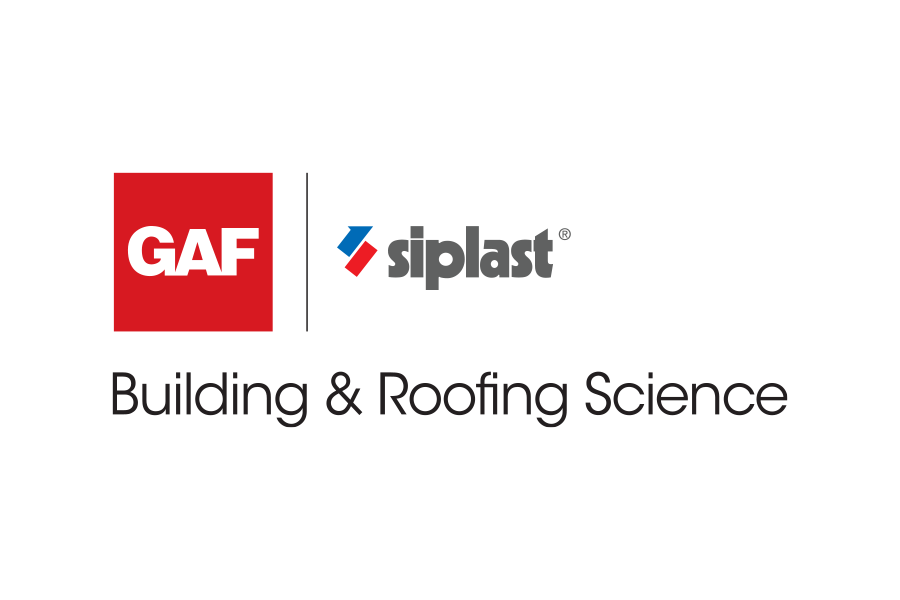Commercial Rooftop Solar Design Explained
Installation: Best Practices
The importance of the electrical and solar contractors collaborating in concert with roofing contractors and design professionals cannot be overstated. Qualified roof professionals must be integrally involved through the design process and inspection (and repair as needed) of the roof after solar installation.
As there is a tremendous amount of coordination required to install rooftop solar successfully, it is best practice to specify a pre-job meeting to be held with the building owner, designer, PV system manufacturer, roof system manufacturer, general contractor, electrical contractor, roofing contractor, and any others whose work may have an effect on successful project completion. The PV system designer’s specifications, plans and flashing details should be reviewed during the pre-job meeting. The following items should also be discussed at the pre-job conference:
- Establish construction schedules and work methods that will prevent damage to the PV system flashing and the roof system.
- Establish procedures for reporting and repairing any damage to flashings or any part of the roof system.
- Designate access, staging, work, storage and disposal areas.
- Establish suitable weather conditions and working temperature criteria to which all parties agree.
- Establish safety regulations/requirements and good roofing practices.
- Coordinate the integrity test of the roof membrane prior to the installation of the solar overburden. Retesting the integrity of the roof membrane following the PV system installation may be worthwhile, especially if there was a lot of damage to the roof membrane, there is a permanent monitoring system in place, or the roof is over a critical use area of the building.
- Coordinate the return of the roofer to complete the punch list inspection after the installation of the PV arrays to be sure the roof system has not been inadvertently compromised.
Specifying these requirements will ensure the roof contractor is engaged throughout the entire process, leaving your roof in the proper condition to protect what matters most.
Solar Roof System Design Summary
Clearly, there is a lot to consider when adding PV arrays to the roof. The good news is that as rooftop solar becomes more popular, there are more resources available to designers, owners and contractors to help design, install and maintain a durable roof system that can match or outlast the service life of PV arrays. In summary, best practices for roof system design when considering solar include:
- Roof system design that aligns with or exceeds the life expectancy of the PV array
- Adhered reflective roof membranes with greater mil thickness that provide enhanced protection against the effects of UV radiation and high service temperatures
- Adhered high-compressive strength cover board directly beneath the roof membrane
- High compressive strength insulation for ballasted PV systems (minimum 2 layers staggered and offset)
- Walk pads for high traffic areas
- Proper detailing of attached or penetrating PV mounting systems that are accessible for service
- Protection or separation sheet adhered to the membrane for ballasted PV systems
- Perform design review and construction coordination with the PV designer, roofing contractor, and the solar and electrical contractors
- Integrity testing of the roof membrane prior to installing solar overburden
- Solar layout requirements that align with best practices for roof maintenance
- Layout PV arrays to maximize solar energy collection while avoiding high wind uplift areas and additional snow accumulation
- Provide perimeter and maintenance access for roof and PV array maintenance, as well as fire safety and smoke ventilation
- Set racking systems such that they don’t cross roof expansion joints or block drainage
- Set PV arrays and rack heights such that drains and penetrations are accessible for maintenance
- Engage the roof contractor to inspect (and repair as needed) the roof membrane after PV array installation
- Specify roof contractor engagement throughout the entire process, including punch list inspection post PV system installation
Codes, Standards and Guidelines
Below is a list of references to codes, standards and guidelines relevant to the installation of a solar PV system on a roof. The local Authority Having Jurisdiction (AHJ) should be consulted to determine the specific requirements for code compliance of the solar PV system.
Roof
- ASCE 7-02 Minimum Design loads for buildings (Snow & Wind)
- ICC IBC Wind Resistance—Rooftop PV
- ANSI/SPRI RP-4 Wind Design Standard for Ballasted Ply (Applicable to Ballasted PV)
- UL 1897 Uplift Tests for Roof Covering Systems (Applicable to BIPV)
Design, Installation and Commissioning Best Practices
- NRCA—Guidelines for Roof systems with Rooftop PV Components
- ICC IFC Solar PV Power Systems
- NRCA—Membrane Roof Systems
- NRCA—Metal Panel & SPF Roof systems
- NECA 412 Standard for Installing PV Power systems
Installation
- NECA 412 (201x) Standard for Installing & Maintaining PV Systems
- ICC IFC PV Systems Code Permit Requirements
Module Mounting/Framing
- ICC-ES AC428 Acceptance Criteria for Modular Framing Systems Used to Support PV Modules
- ICC-EC AC286 Acceptance Criteria for Roof Flashing for Pipe Penetrations
- SMACNA - Sheet Metal Manual (For PV standoff/Pipe Penetration)
Fire Rating
- UL 1703 Fire Rating Tests for PV
- ICC IBC Fire Classification of PV
- ICC IEC PV Module Safety
- ASTM E44.44 PV System Fire Safety
- US/ASTM 709/E108 Standard Test Methods for Fire Tests of Roof Coverings
Additional resources available to designers, owners, and contractors alike include the NRCA Guidelines for Roof-Mounted Photovoltaic System Installation, Single Ply Roofing Institute (SPRI) Bulletin on PV Ready Roof Systems, and the Structural Engineering Association (SEAOC) PV manuals for Structural Seismic Requirements and Wind Design.
Resources:
- Photovoltaic Installations Guide
- icap.sustainability.illinois.edu/files/projectupdate/4207/Solar%20with%20Green%20Roof%20design.pdf
- dx.doi.org/10.1080/00038628.2017.1300870
- industry.nrca.net/eweb/DynamicPage.aspx?webcode=NRCAStorePrdDetails&site=nrca&es3_key=4a8483e3-cc27-4724-82bb-fd291153b0c7&prd_key=BFDC8C47-F926-4889-B9B4-38B2016EF45A
- www.spri.org/download/resources_and_education/miscellaneous/SPRI_bulletin_1_13-PV-Ready.pdf
- www.seaoc.org/store/ViewProduct.aspx?id=9173838
- iibec.org/wp-content/uploads/2015-01-bhawalkar-taylor.pdf
- www.gaf.com/blog/science-design/how-to-choose-the-best-membrane-for-a-commercial-solar-power-installation-281474979975989
- www.gaf.com/blog/science-design/solar-power-in-the-desert-or-on-roofs-what-are-the-pros-and-cons-281474979976102
- www.gaf.com/blog/science-design/advantages-of-long-life-roofing-for-bifacial-solar-panels-281474979976109
- www.gaf.com/blog/science-design/value-engineering-part-2-retaining-performance-281474980028033
- www.gaf.com/en-us/for-professionals/resources/tpo-results
- blog.gaf.com/r-value-optimization-a-case-study
Jennifer Keegan, AAIA, has over 20 years of experience as a building enclosure consultant and provides technical leadership within the industry through IIBEC, ASTM, NWIR, and Women in Construction. www.linkedin.com/in/jenniferkeegan









